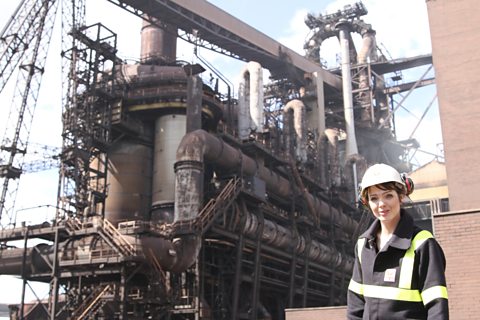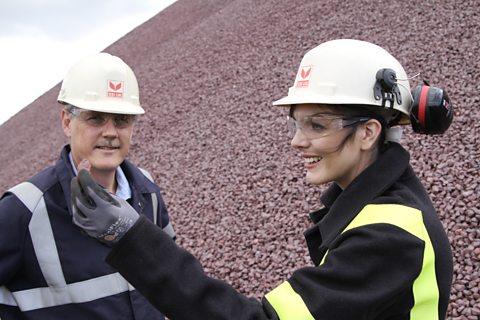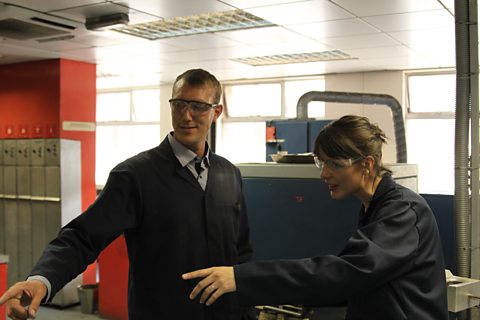The uses of paint are described.
The constituents of an oil paint are described and the function of each ingredient is explained.
The differences between an oil paint and an emulsion paint are then explained. The raw materials are briefly described.
The process for making a variety of paints is fully automated.
Agitation at very high speed is needed in order to make sure that the ingredients are fully mixed.
Testing for quality control is also described and the clip ends with some examples of uses for ÔÇÿsmart paintsÔÇÖ.
Teacher Notes
KS4: Before showing the clip, students could be asked to suggest why paints are used, and how they clean brushes/rollers for different types of paints.
See if they can explain why some paints can be cleaned off using water and others need organic solvents (for example, white spirit).
Students can be asked to write down the ingredients of an oil paint and the purpose of each ingredient.
After watching the clip, ask students if they can think of other uses for smart paints and pigments (for example, thermochromic, photochromic or phosphorescent pigments).
Curriculum Notes
These clips will be relevant for teaching Science and Chemistry at KS4 in England, Wales and Northern Ireland and National 4/5 in Scotland.
The topics discussed will support OCR, Edexcel, AQA, WJEC GCSE in England and Wales, CCEA GCSE in Northern Ireland and SQA National 4/5 and Higher in Scotland.
More from Real World Chemistry
How is plastic made? video
Science presenter Fran Scott visits a company that makes PVC to find out how you turn raw materials into the every day plastic goods that surround us.

How is glass made? video
Fran Scott visits a glass production plant and learns how glass is made and the raw materials used are described.

How is iron extracted? video
Fran Scott visits a blast furnace and explains the science behind iron production from the raw materials through to the finished metal.

How is steel made? video
Fran Scott explains the science behind steel production from the raw materials through to the finished metal.
